
Time:2025-08-06
Sapphire lenses have shown significant advantages in manufacturing optical devices due to their high hardness, excellent optical properties, and chemical stability. The following is a specific application and advantage analysis of sapphire lenses in optical devices:
1、 Medical field
1. Endoscopes and microscope lenses
The high hardness and wear resistance of sapphire lenses make them an ideal choice for medical equipment such as endoscopes and microscopes. During surgery or testing, the lens needs to frequently come into contact with human tissue or chemical reagents. The scratch and corrosion resistance of sapphire can ensure clear imaging under long-term use and reduce equipment wear and tear.
2. Laser surgical window
In laser medical equipment, sapphire serves as a laser window material that can efficiently transmit laser beams (such as ultraviolet to near-infrared bands) while withstanding high temperatures and mechanical impacts, ensuring surgical accuracy and safety.
3. Biosensors and Imaging Systems
Sapphire metallization technology (surface deposited metal film) endows it with conductivity and thermal conductivity, making it suitable for electrical connections and thermal management in biosensors. In addition, its high reflectivity can improve the image quality of high-resolution medical imaging systems and extend equipment lifespan.

2、 Consumer Electronics
1. Smartphone camera protective lens
Sapphire lenses are used as protective covers for mobile phone cameras due to their scratch resistance, effectively preventing the impact of daily wear on imaging quality.
2. Smart watch mirror
Sapphire watch mirrors have become standard on wristwatches, with a Mohs hardness of 9, which can resist scratches from hard objects such as keys and sandpaper, while maintaining transparency and improving display performance.
3、 Aerospace
Sapphire performs well in the space environment, with high temperature resistance, radiation resistance, and chemical stability, making it an ideal window material for satellite optical detection equipment, ensuring stable operation under harsh conditions.
4、 Research and Industry
1. Laboratory optical components
Sapphire lenses are used in scientific research instruments for lenses, window panels, etc. Their wide spectral transparency (UV to IR band) and chemical inertness make them suitable for chemical analysis, spectral detection, and other scenarios.
2. Semiconductor Manufacturing
Sapphire, as an LED substrate material, can improve the photoelectric efficiency and service life of LED devices due to its high thermal conductivity and electrical insulation. In addition, sapphire substrates are also used in the manufacturing of gallium nitride (GaN) based power devices and high-frequency communication devices, supporting emerging industries such as 5G and electric vehicles.
Although sapphire lenses have significant advantages, they are expensive and difficult to process (requiring high-precision control of metal film uniformity). With the advancement of technology and large-scale production, costs are expected to decrease, promoting its popularity in fields such as medical optics and consumer electronics, and becoming one of the core materials for optical devices.
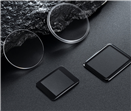
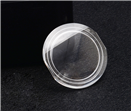
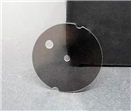
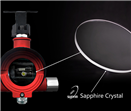
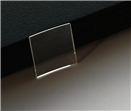
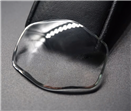
Tel
Mobile phone
Customer service
TOP